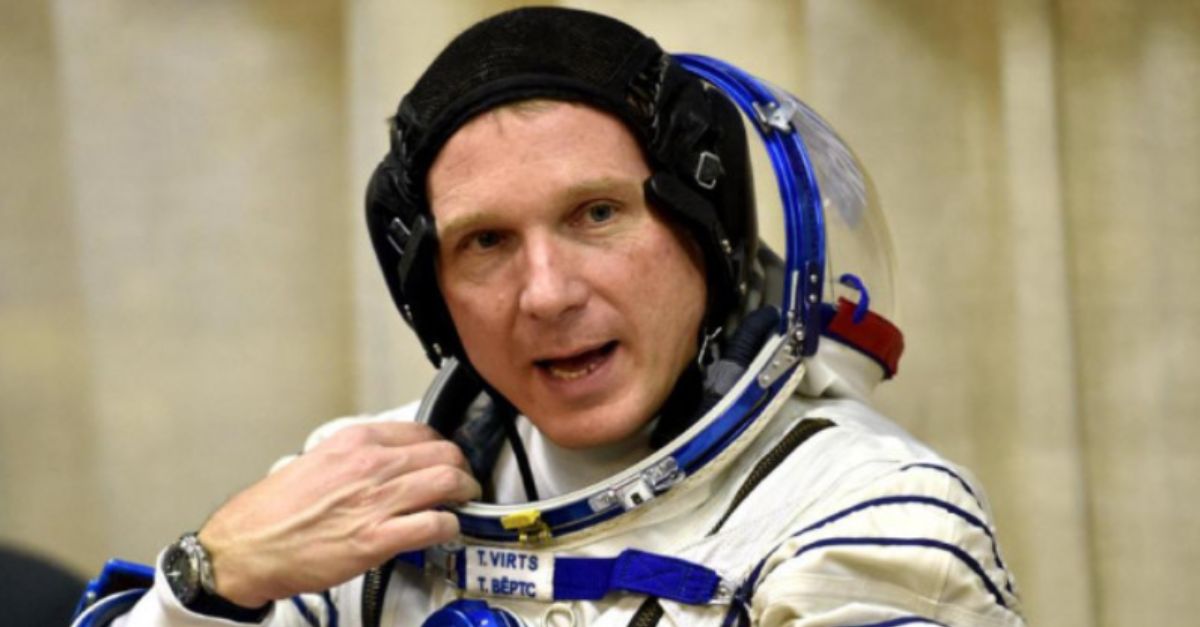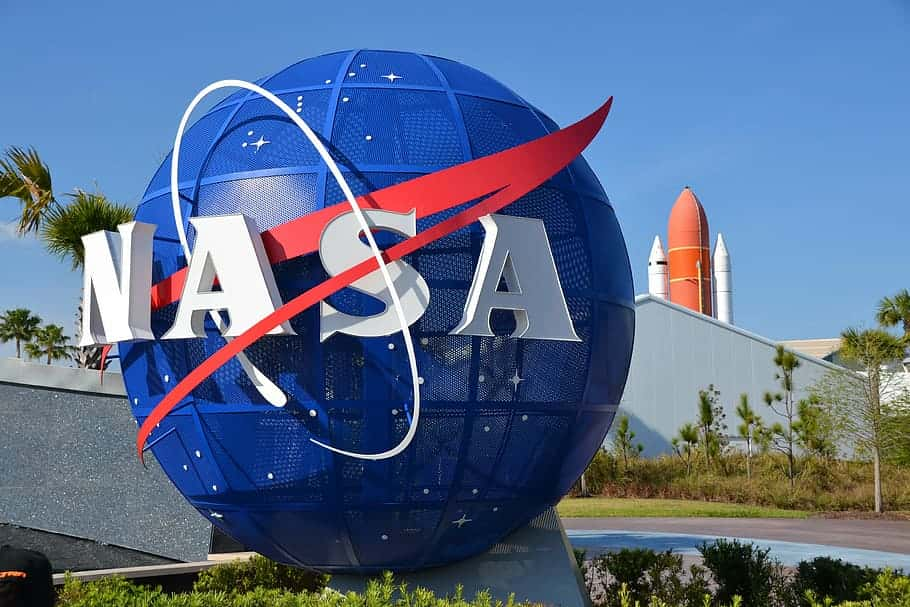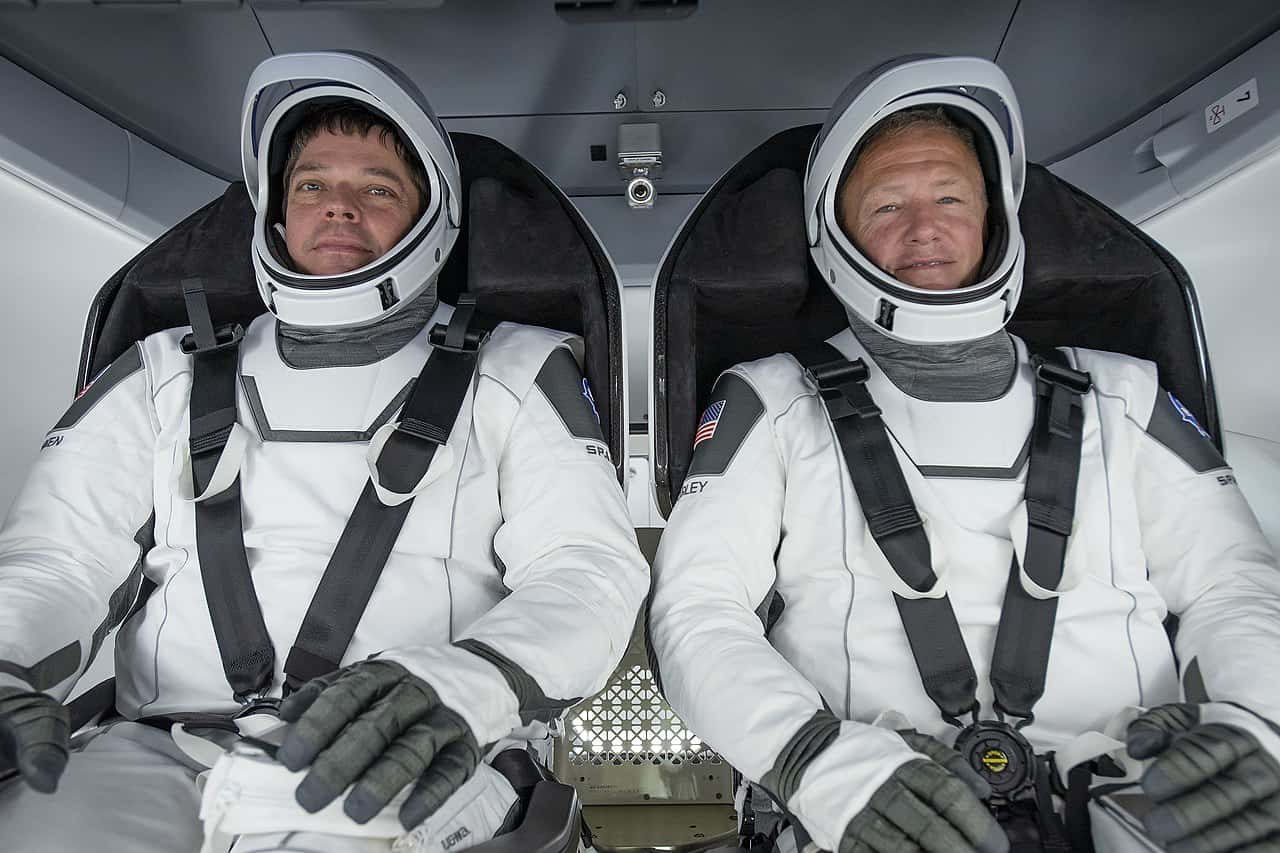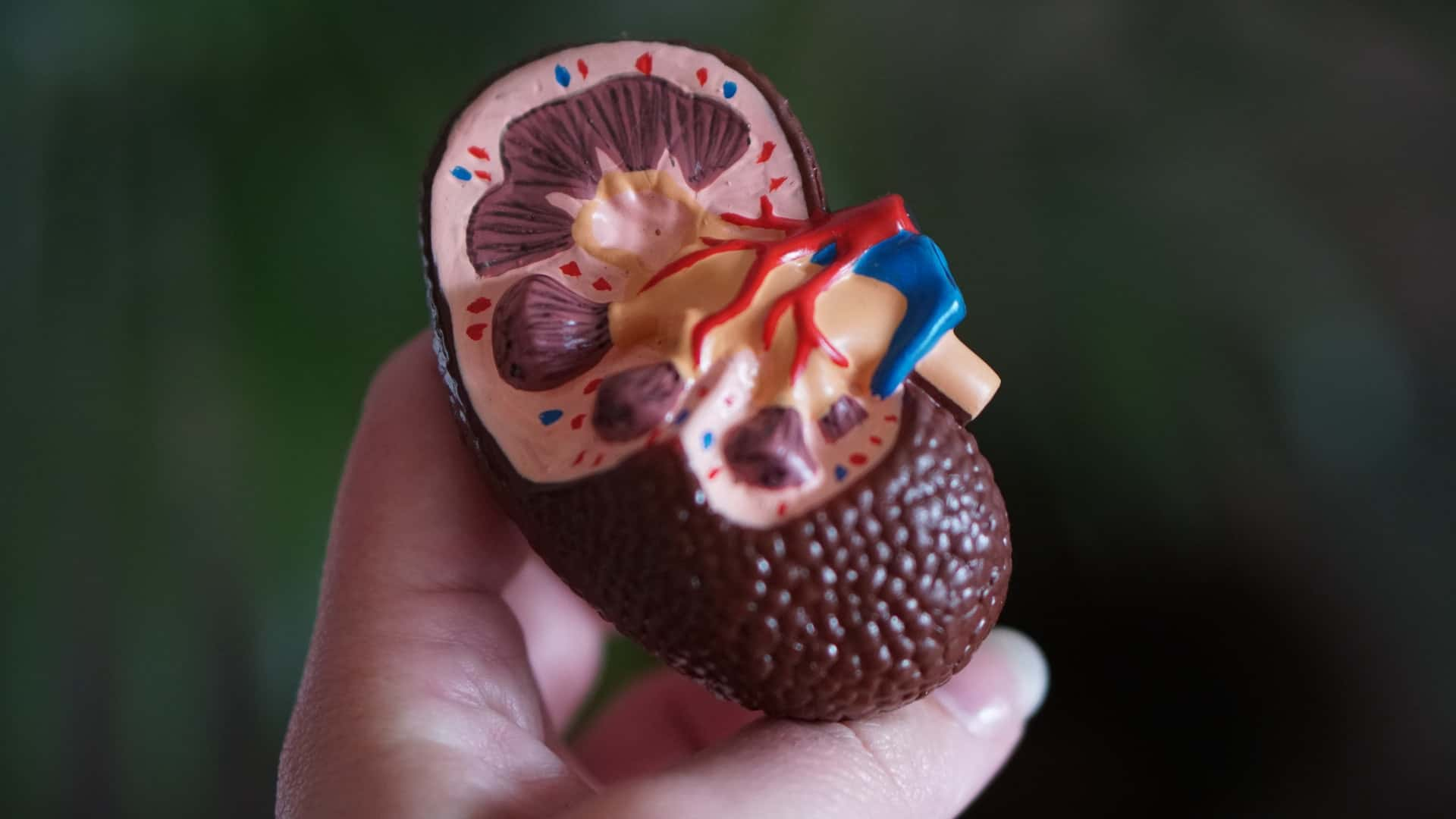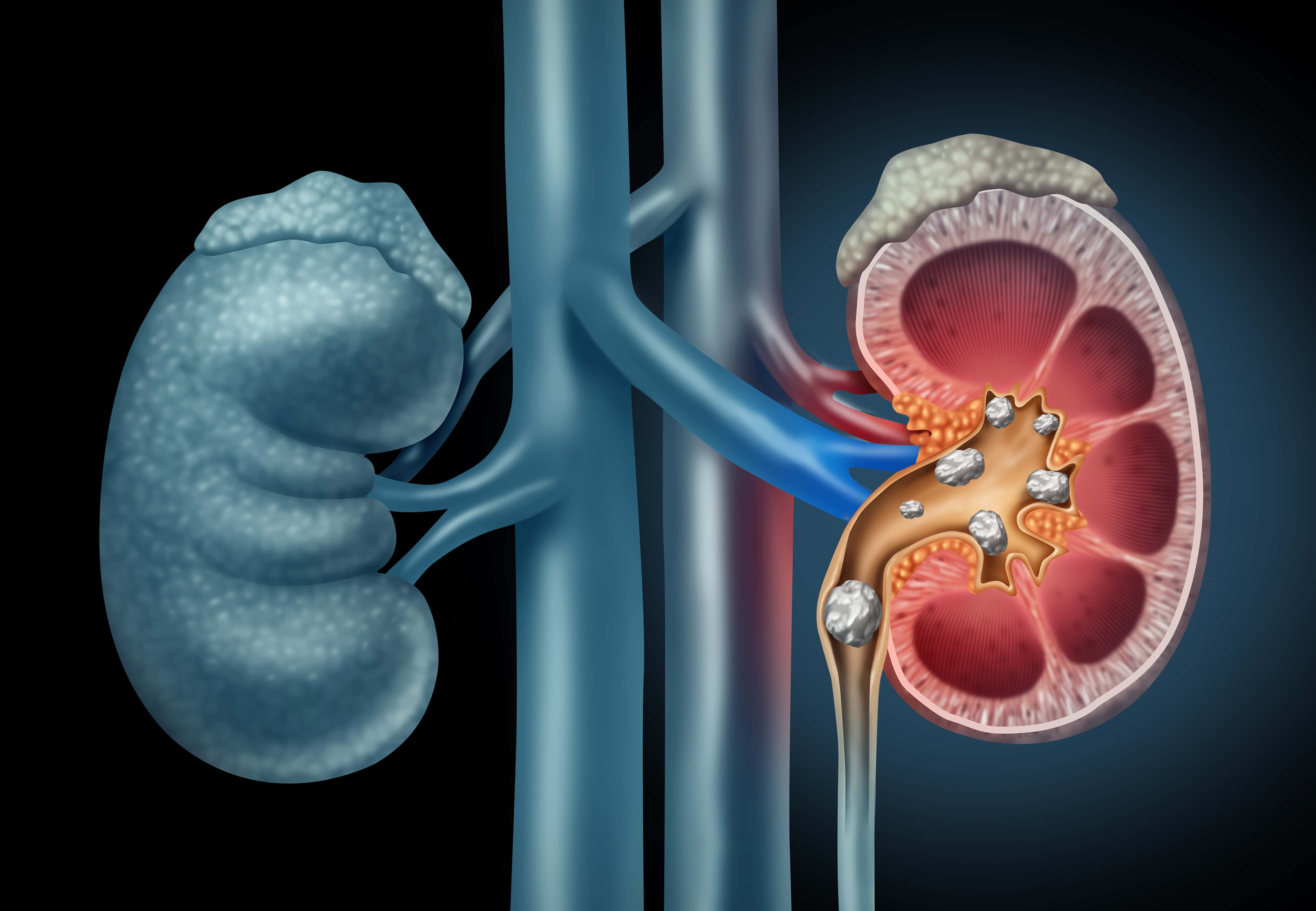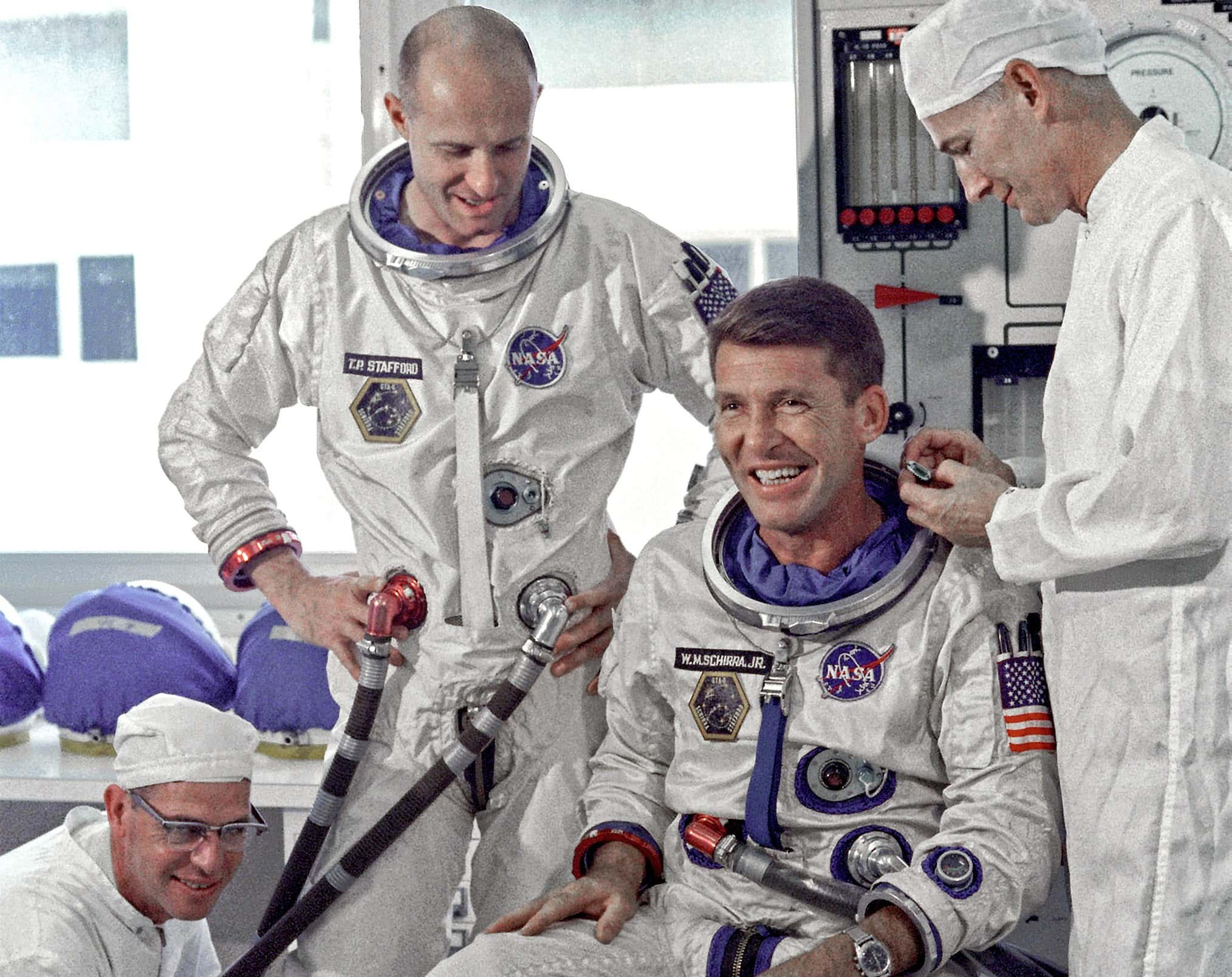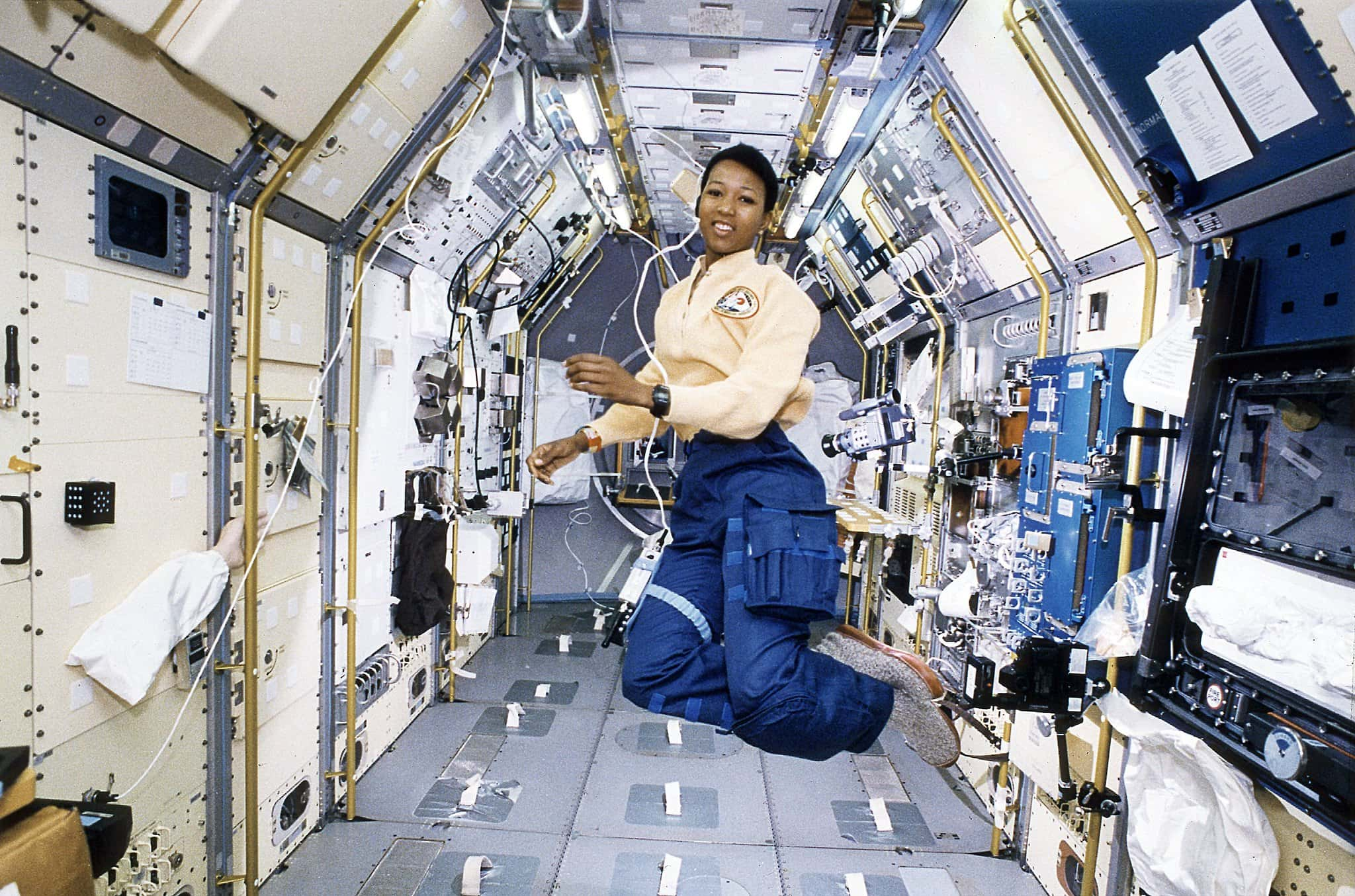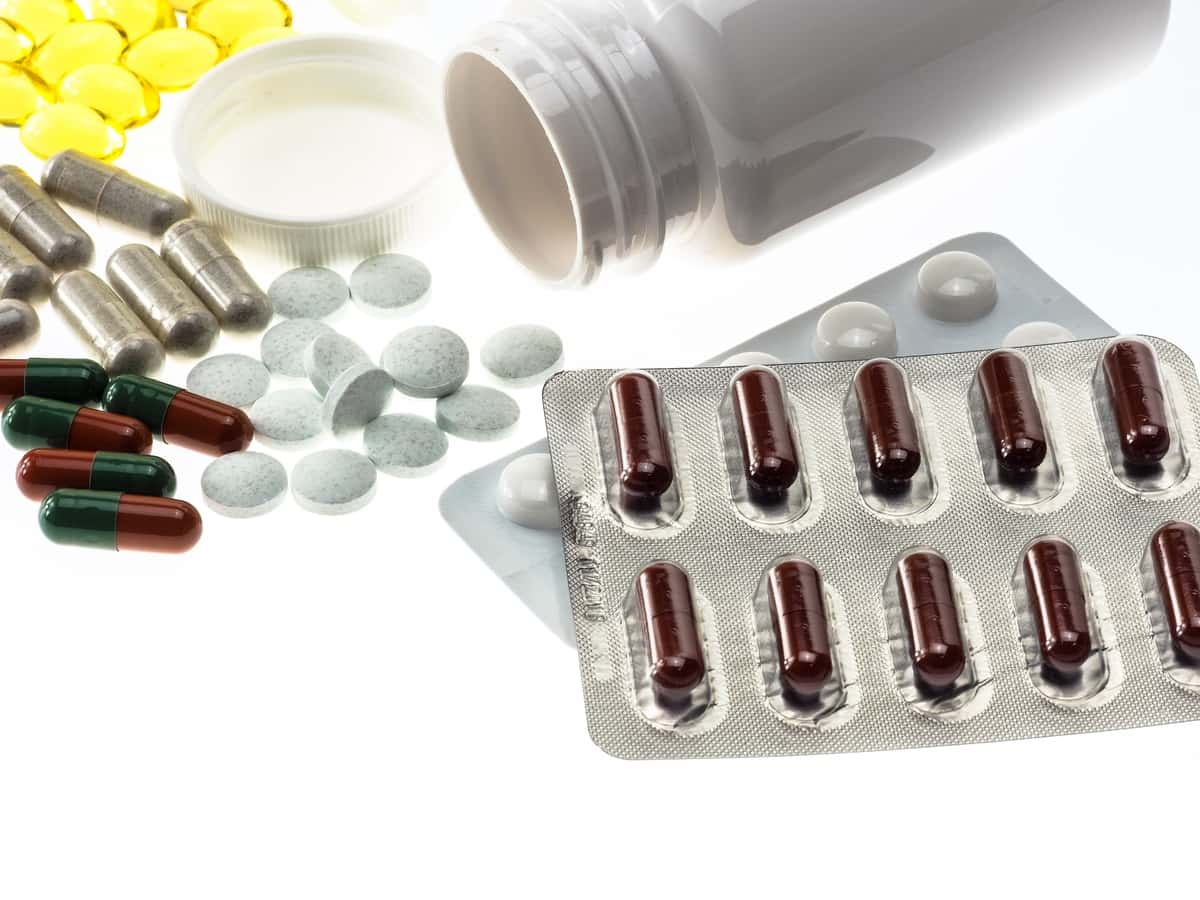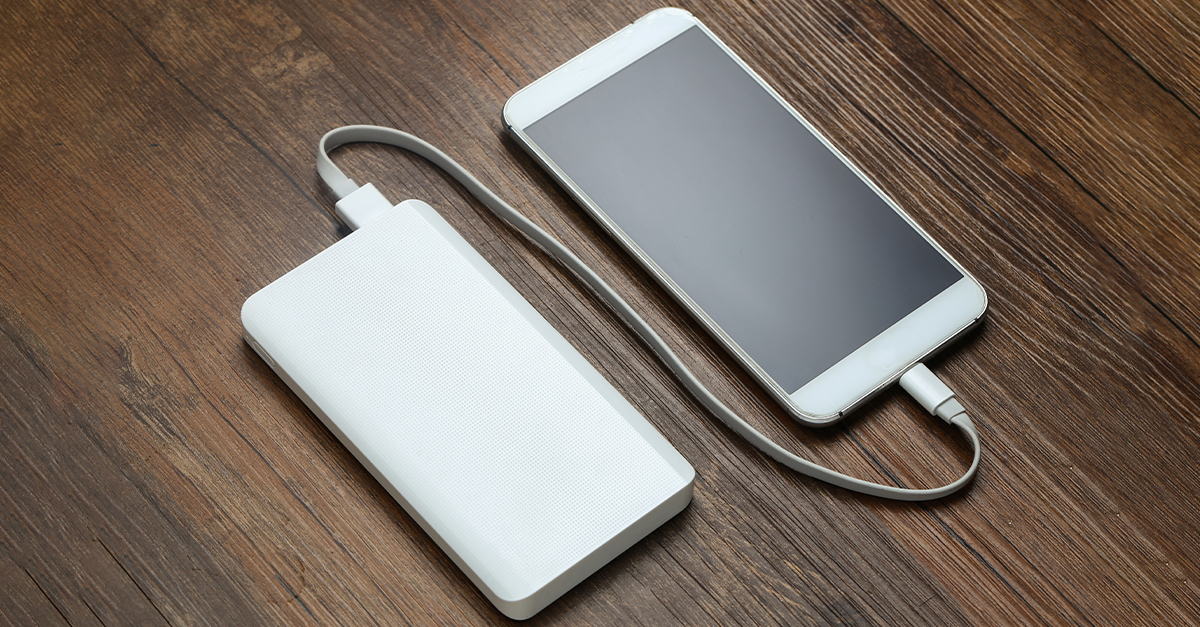The Martian Dream
The path to Mars is mapped in thrust and fuel, but our biology may call the final shot. Among the body's many silent systems, the kidneys face challenges that the perfect spacecraft design can’t solve.

The Small Organ That Could Halt Big Dreams
Kidneys manage hydration, filter waste, balance minerals, and regulate blood pressure—vital processes that spaceflight begins to disrupt. Even on short missions, astronauts show renal stress. And when Mars trips exceed 900 days, it’ll expose the kidneys to prolonged strain without any option for treatment or biological correction.
The Physics
As microgravity takes hold, the kidneys begin adapting to unfamiliar physics. Their filtration rate shifts, urine becomes more concentrated, and hormonal signals fluctuate without warning. These subtle changes unsettle the body's balance. Left unchecked, what begins as adaptation can spiral into a crisis far from any medical support.
 NASA ID: S85-44834, Wikimedia Commons
NASA ID: S85-44834, Wikimedia Commons
Mars Demands More Than Engineering
Launching a spacecraft is a triumph of engineering, but keeping humans alive on the journey is a test of biology. Agencies like NASA and ESA are increasingly focusing on health risks. When gravity fades, kidneys struggle to regulate pressure and fluids, which turns organ resilience into a mission necessity.
Two Decades Of Spaceflight Reveal Kidney Strain
Two decades of astronaut data show how spaceflight weakens kidneys. Calcium enters the urine as bones degrade, while reduced urine volume makes stones more likely. These changes point to renal strain that persists into deep space by highlighting how the body quietly resists life beyond Earth.
Martian Gravity Won't Save You
Mars offers only 38% of Earth's gravity, insufficient to reset the renal systems disrupted in space. Simulated gravity studies show limited recovery. Kidney decline often starts in transit and continues uncorrected on the surface. Returning to Earth won't undo the cumulative damage accrued en route.
It Helps But Doesn’t Reverse
Data from parabolic flights and centrifuge studies suggest partial gravity may slow but not reverse renal dysfunction. The kidneys adapt to microgravity in persistent ways. Mars' weak pull provides neither the mechanical load nor the physiological triggers needed to restore normal filtration or fluid regulation.
No Kidney Clinic On The Red Planet
A kidney stone or blocked ureter can turn deadly fast. With no ER on Mars, every organ must function reliably. Even minor issues like a urinary blockage can lead to sepsis—making kidney health a life-or-death concern in deep space.
Microgravity Sends Fluids Where They Don't Belong
In orbit, gravity no longer keeps fluids grounded. Water moves upward by flooding the head and chest, which reduces plasma volume and raises central pressure. The kidneys misread this shift and start excreting more fluid, which leads to early dehydration and disrupts the body's delicate electrolyte balance.
Microgravity Sends Fluids Where They Don't Belong (Cont.)
This redistribution alters the kidneys' response and gradually rewires the body's fluid management system. Over time, astronauts may lose 10–17% of their circulating blood volume due to fluid redistribution, which impacts hydration and cardiovascular stability, amongst other issues.
Bone Loss Adds Stress To The Kidneys
Bones weaken rapidly under microgravity to release calcium into the bloodstream, which soon enters the urine. This condition, called hypercalciuria, increases the risk of kidney stones. NASA findings show calcium excretion can surge by 50% when chronic stress on filtration and the renal tubules.
 Glenn Research Center, Wikimedia Commons
Glenn Research Center, Wikimedia Commons
Spaceflight Scrambles Kidney Hormones
In space, hormonal signals that regulate kidney function become unstable. Renin and aldosterone levels fall soon after launch and reduce the body's ability to retain fluid and sodium. Vasopressin also fluctuates erratically. These changes alter blood pressure and filtration, and recovery after missions remains unpredictable across different astronaut groups.
Kidney Stones Are A Serious Risk In Space
In space, a kidney stone can block urine flow and cause infection or sepsis. NASA classifies this among the most serious in-flight emergencies. Potassium citrate may help prevent stones, but real-time treatments remain limited, and painkillers alone can't resolve the crisis.
Kidney Trouble Often Goes Unnoticed In Space
Kidney decline often begins without obvious signs. Creatinine levels can appear normal even as damage builds. Onboard diagnostics don't track glomerular filtration with precision. With no system for continuous monitoring, astronauts may miss early warnings until the problem advances beyond the point of quick intervention.
The Lack Of Biomarkers
Symptoms like fatigue or fluid retention may appear only after severe impairment. Without biomarkers that detect subtle loss of function, issues remain hidden. NASA is researching compact biosensors for potential continuous renal monitoring, though no operational systems are confirmed, per NASA’s 2022 kidney organoid studies.
Decades Of Missions Point To Kidney Strain
Over decades of missions, astronauts have shown recurring signs of kidney strain. Urine flow steadily decreases while calcium oxalate levels increase. Russian and American studies tell the same story. As missions stretch past three months, these changes grow more severe by forming a persistent pattern that's hard to ignore.
 NASA Johnson Space Center, Wikimedia Commons
NASA Johnson Space Center, Wikimedia Commons
Short Flights Hide Long-Term Kidney Damage
Most human spaceflight studies are based on missions lasting less than six months. These snapshots miss slow-building damage. As mentioned earlier, Mars missions may last over 900 days, which gives silent issues like chronic kidney disease time to develop. Long exposure could push small renal problems into dangerous territory.
Artificial Gravity Could Help Protect The Kidneys
Scientists have long tested bedrest analogs to mimic microgravity. In those studies, kidney strain showed up within weeks. Now, centrifuge trials—like ESA's AGBRESA study—suggest artificial gravity might help restore fluid regulation. The idea is simple: create a gravitational load to stabilize kidney function before it declines.
Radiation Quietly Damages Kidney Tissue
Mars offers no shield from cosmic rays or solar storms. Ionizing radiation penetrates tissue and inflames the kidneys' filtering units. Rodent studies show a drop in glomerular filtration after repeated exposure. For humans, radiation adds a silent but compounding risk to already strained renal systems.
 NASA Goddard Space Flight Center, Wikimedia Commons
NASA Goddard Space Flight Center, Wikimedia Commons
Martian Dust And Dryness Threaten The Kidneys
Mars dust contains perchlorates, compounds that can harm kidney tissue when inhaled or ingested. Water on the planet is limited and often recycled. This forces astronauts to live close to dehydration by increasing the risk of kidney strain and dangerous stone formation.
Living In Pressurized Habitats
Even inside pressurized habitats, dust infiltration is hard to prevent. Particles can cling to suits or circulate through vents that expose astronauts over time. Combined with persistent dryness, this slow exposure stresses the kidneys continuously by creating an environment where renal injury is likely and probable.
Recycled Water May Strain Kidney Function
The ISS recycles almost all water, including urine, a system that Mars crews will also rely on. But filters aren't perfect. Trace solutes and byproducts can build up. Over time, this artificial hydration may affect how the kidneys regulate fluid and filtration, which results in lasting impacts on renal function.
Not Enough Water To Protect Your Kidneys
To stay healthy, kidneys require a steady water supply, at least 1.5 liters daily. However, water shortages or equipment failure on Mars could make it hard to maintain. Without it, waste builds up fast and raises the threat of uremia and painful kidney stones.
A Kidney Stone Mid-Flight Could Be Deadly
When a kidney stone blocks a ureter mid-flight, pain and vomiting may follow quickly, but they aren't the worst of it. Without a surgeon or advanced care, an infection can set in. What begins as discomfort can spiral into a medical emergency with life-threatening consequences.
 Jacek Proszyk, Wikimedia Commons
Jacek Proszyk, Wikimedia Commons
Dialysis Isn't An Option On Mars
Dialysis isn't a realistic fallback on Mars. Each session demands up to 40 gallons of clean water, which is an impossible ask in space. Portable options are still being tested. Add the fluid-control challenges of zero gravity, and it's clear: prevention must drive how we protect the kidneys.
Kidney Failure Puts The Whole Mission At Risk
NASA ranks renal failure among its red-tier risks because when a kidney begins to fail in space, the consequences ripple outward. The loss of a crew member reduces labor, adds emotional strain, forces the team to divert resources, and increases the medical demands on already limited onboard systems.
Calcium Deposits Threaten Kidney Health
Unchecked calcium leaves bones and begins to settle in tissues. Arteries and kidney tubules can calcify over time. This soft-tissue buildup threatens multiple systems. NASA has tested bisphosphonates in space to slow bone loss and minimize the downstream impact on organs like the kidneys.
Prevention Is The Only Way
These mineral deposits are more than structural concerns; they can obstruct filtration pathways and trigger inflammation. Once calcium embeds in kidney tissue, function begins to slip. Monitoring tools like ultrasound may detect changes, but prevention remains the only reliable way to limit long-term renal damage in space.
Kidneys Drive Blood Pressure Instability
The kidneys control blood pressure by managing sodium and water retention. In space, this balance shifts. Astronauts returning to Earth often report dizziness or fainting. On Mars, gravity won't stabilize these systems completely. Blood pressure swings remain a lingering risk to organ health and performance.
Kidney To Heart To Body
Reduced plasma volume and altered baroreceptor feedback disrupt how the body senses and adjusts to pressure changes. This delays circulatory responses and weakens cardiovascular stability. Over long missions, the kidneys may struggle to regulate pressure by compounding risks for the heart and other critical systems.
 Uploaded by Patricia Moore, Wikimedia Commons
Uploaded by Patricia Moore, Wikimedia Commons
Hormone Shifts Undermine Kidney Control
Spaceflight changes how the body secretes hormones. Cortisol and antidiuretic hormone shift under altered circadian cycles. These changes affect how the kidneys concentrate urine and manage blood volume. With melatonin suppressed, the endocrine system grows even more unstable, which makes fluid regulation harder over time.
Long Missions Quietly Damage The Kidneys
Long periods away from Earth slowly wear down the body's systems. Rising cortisol from stress reshapes how the kidneys filter blood, and when sleep falters, the strain deepens. Over time, these combined pressures quietly accelerate kidney decline, especially in the absence of targeted support and recovery tools.
Urine Shifts Make Stone Formation More Likely
Urine in space behaves differently—pH drops, uric acid levels rise, and flow slows due to reduced bladder pressure. These shifts create ideal conditions for crystals to form. Data from returning astronauts show that changes persist well into post-mission recovery, which suggests long-term effects.
Spaceflight Speeds Up Kidney Aging
Telomeres, the protective caps on DNA, shorten faster in space, a sign of accelerated aging. Glomerular filtration rates often dip post-flight. Combine this with radiation exposure on Mars, and the biological toll may compound. The kidneys may face increased demands while also aging faster.
The Way It Changes
Kidney cells lose efficiency and become slower at removing waste and regulating fluids. If it happens more quickly, over time, astronauts could face early signs of chronic kidney disease, even if they appear healthy during the mission.
Astronauts Show Different Kidney Reactions
NASA studies show a wide variation in astronaut kidney response. Some excrete more calcium, while others show stronger filtration drops. Genetics influences this disparity. As missions grow longer, personalized renal countermeasures—diet and supplements—become necessary.
 NASA Armstrong Flight Research Center / NASA/Steve Freeman, Wikimedia Commons
NASA Armstrong Flight Research Center / NASA/Steve Freeman, Wikimedia Commons
Tracking Changes
Tracking these differences helps mission planners develop custom protocols. Some astronauts may need more fluids, while others benefit from mineral-adjusted diets. Wearable monitors could track early markers of stress. With tailored plans, crews can better maintain kidney function.
Artificial Gravity May Support Kidney Function
Artificial gravity holds promise. Centrifuge experiments suggest partial restoration of fluid distribution and renal function. But spinning habitats come with trade-offs: space and motion sickness. For now, they remain experimental, but they may be one of the few tools capable of replicating gravity's essential pull.
Small Devices Are Making Kidney Care Possible
New medical tools are shrinking. Portable analyzers now assess markers like creatinine and pH. These handheld devices, some already in ISS trials, bring real-time tracking closer to deep space reality. Microfluidic systems could allow daily testing by helping crews detect early signs of kidney stress.
Smart Sensors Could Catch Kidney Stress Early
Smart sensors in catheters and wearable systems track hydration and urine chemistry. These tools are used in Earth ICUs and can be adapted for orbit. Real-time data would let astronauts adjust fluids or diet before symptoms appear. NASA continues testing these systems for long-haul missions.
Space Diets Need To Protect The Kidneys
Astronaut food must go beyond meeting basic calorie needs. Low-sodium meals help kidneys manage fluid balance, while potassium control protects filtration. Plant proteins reduce uric acid buildup. NASA's Veggie program supports growing leafy greens in space, which anchors nutrition as a vital part of kidney protection.
Kidney-Safe Medications Need Careful Planning
Following a kidney-conscious diet, medication adds another layer of protection. Potassium citrate can help prevent stones, while thiazides limit calcium loss. However, stress and changing schedules may affect adherence. Since space alters drug absorption, dosing protocols must be carefully tailored to these unpredictable physiological conditions.
Spacesuits Could Help Save Kidney Function
Spacesuits do more than shield from harm—they influence how the body works. During spacewalks, pressure garments move fluids toward the torso by easing the strain on the kidneys. Cooling systems help retain hydration. That’s why future suits could play an active role throughout each mission.
Pre-Flight Kidney Screening Needs To Go Deeper
Kidney risks don't have to go unnoticed before liftoff. Tests like GFR and genetic screening can flag vulnerabilities early, especially in candidates with a history of stones. Since baseline creatinine offers only part of the picture, future missions will require deeper, more proactive medical screening protocols.
Growing Or Repairing Kidneys Might Be Possible
Early lab trials in bioprinting nephron tissue show promise, but in-flight application remains unproven and highly experimental. Research in stem cell regeneration of glomeruli is ongoing, but for now, there is no evidence supporting microgravity readiness.

